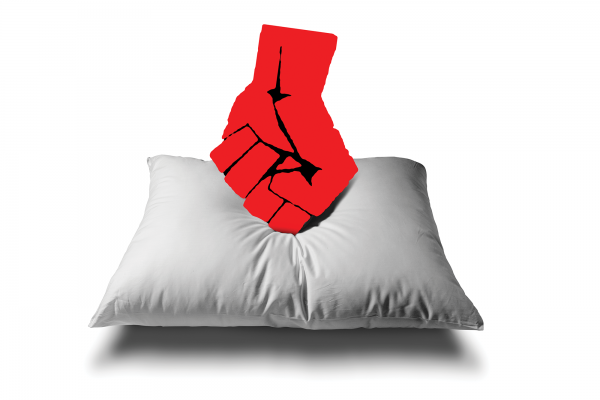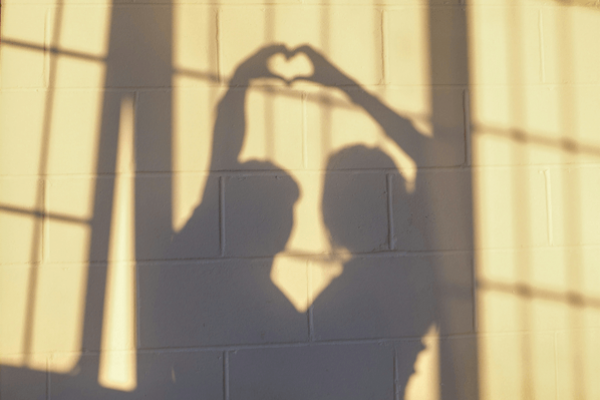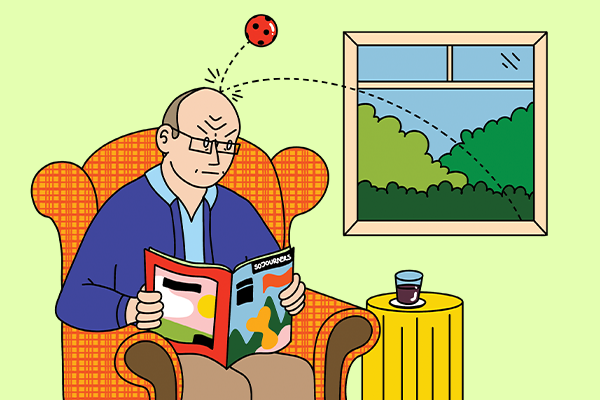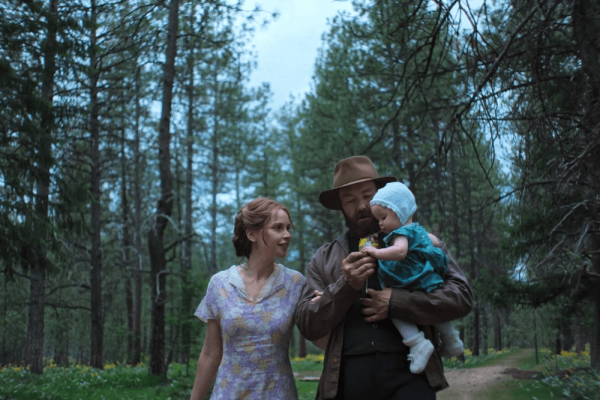WHAT IS REST and what does rest look like during a time of pandemic?
Over the past year, the multiple pandemics we have faced have upended many things, not least of which has been our language. “Essential” has been revealed to be simply another word for “disposable,” with “essential frontline workers” being those whose lives society deems expendable, not irreplaceable. “Safe” has been shown to be so shoddy, subjective, and circumscribed a reality in this country that protesting for Black lives in a pandemic is indeed safer than failing to protest at all. And “rest”—what is rest?
Many of us were struggling with healthy notions and practices of rest prior to COVID-19. Now? “Rest” seems both undefined and unattainable. Biblical images of rest have often been interpreted to emphasize separation, distance, and juxtaposition. For example, Jesus withdrawing from the crowds is often read as modeling rest distinct from the activity, the hubbub, the movement, the people. There is value in this reading of rest, particularly in how it spatially mediates self-care (thus, “retreats”). The thing about pandemics, however, lies in the pan- prefix denoting “all” or “every.” As safer-at-home policies and seemingly limitless racial violence make clear, whether facing COVID or white supremacy, withdrawal to elsewhere is not an option. So, what does rest mean when one cannot “retreat,” spatially or politically or otherwise?
After wrestling with what rest is and looks like for me over the past several months, I only have initial thoughts. Rather than understanding and practicing “rest” as something that takes me “away,” I am moving toward rest as a crucial form of relationship to the world, to others, and to myself.
As “no justice, no peace” conveys, true rest—peace—is not found in flight from social ills. There is a deeper integrity, one that not only links rest and activity but also frames rest itself as active. St. Augustine reflects on this integrity at the close of the Confessions in contemplating divine apatheia as the coherence of God’s rest and work in the Sabbath. Tricia Hersey, founder of the Nap Ministry, frames this integrity within contemporary, liberation theological terms. Identifying sleep deprivation as a “racial and social justice issue” of white supremacy and capitalism, she affirms rest as a “form of resistance” and helps people resist through immersive workshops and installations.
The site of rest, the source of peace, and the offering of justice are one and the same. This identity, reflected in Jesus, tells us something about how we can and should live in this moment. If our struggles preclude or exclude rest—if they are cultivating fear, anxiety, and a dwindling sense of hope—then we need to find a different way. This does not mean rest is easy; on the contrary, like justice, it may be hard-won.
Rather than displacing the possibility of rest, the multiple pandemics underscore its centrality. Rest is not disconnected from social wellness and political power but vital to it. Rest is liberative—rest is resistance.
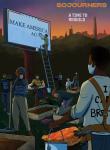
Got something to say about what you're reading? We value your feedback!
